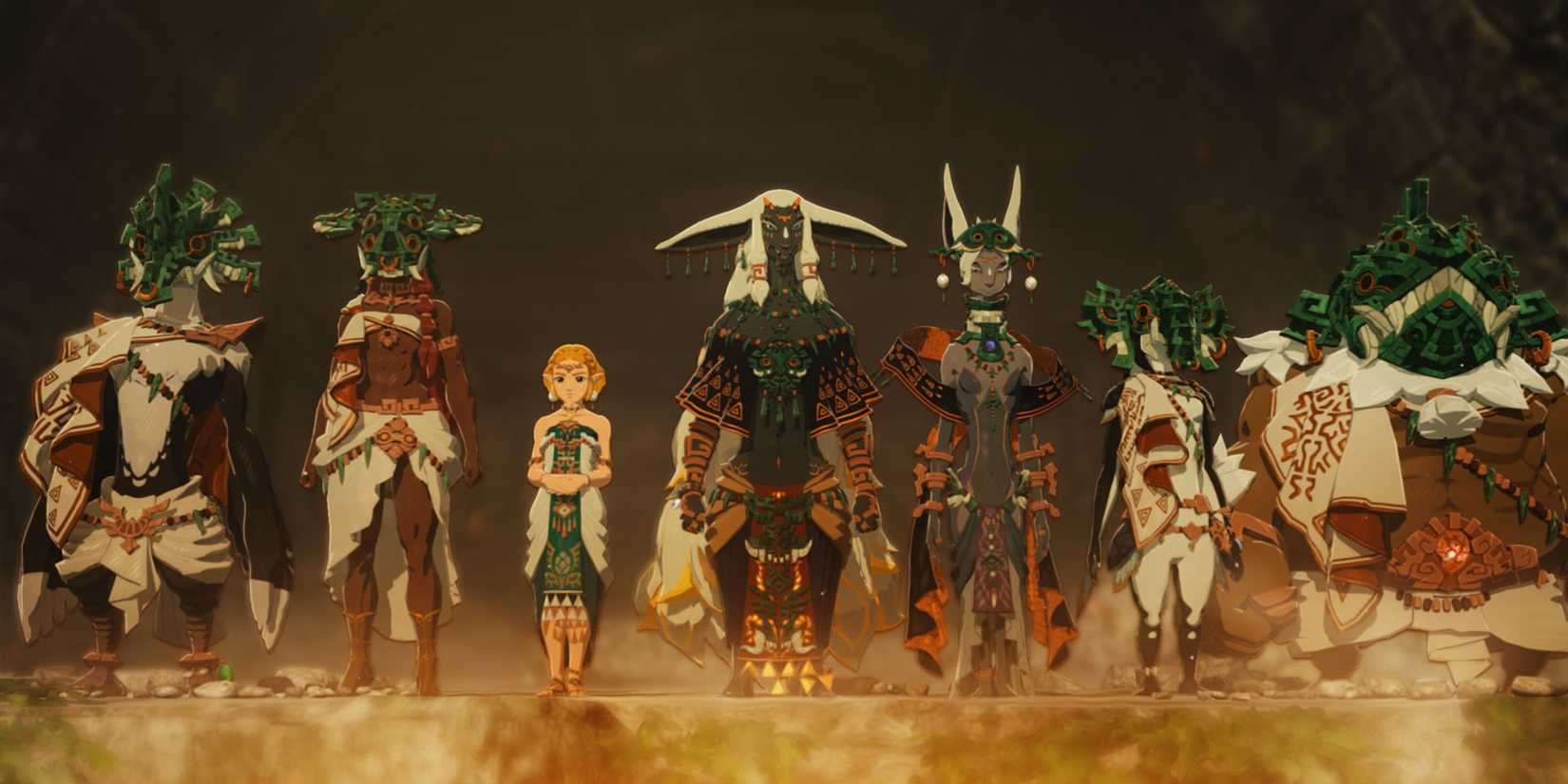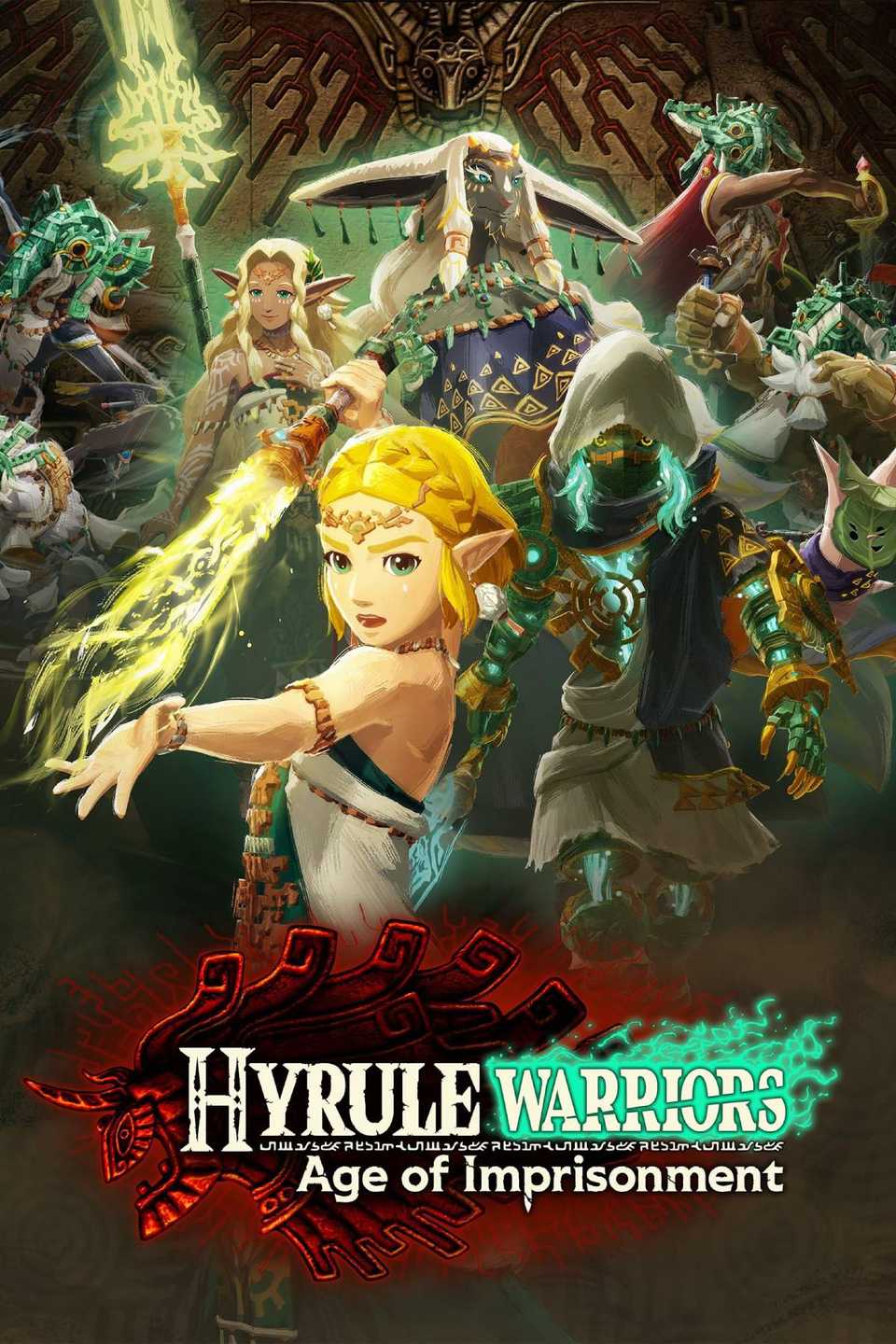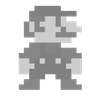I’m a big fan of what Nintendo and Koei Tecmo are doing with the Hyrule Warriors series. Although the first game fell a little flat, Age of Calamity’s timeline-twisting adventure ticked a lot of boxes for me as a massive The Legend of Zelda fan.
I reviewed the game for our sister site, DualShockers, in 2020 and scored it a 9/10. I remember being enamoured with just having the opportunity to dive back into Breath of the Wild’s stunning world, even if it was in a genre that I didn’t always vibe with.
Age of Imprisonment, then, quickly became one of my most anticipated titles upon its reveal earlier this year. While Tears of the Kingdom didn’t do as much for me as its predecessor, the opportunity to revisit Hyrule is something I’ll never say no to.
At this year’s Tokyo Game Show, I got 15 brief minutes with the game, and somehow, during that short window, it managed to surprise me in ways only Zelda could, and reignited the feelings I first felt when I jumped into Age of Calamity in 2023.
After 15 Minutes With Age Of Imprisonment, I Know It’s Exactly What I Need It To Be
While much of Tears of the Kingdom was built on Breath of the Wild’s successful formula, the sequel featured a couple of major changes over its predecessor: its new exploration areas, the Sky Islands and the Depths, and its creative tools.
I’d strongly considered the difficulty the latter would cause to implement in Age of Imprisonment, but somehow, without watching any of the recent trailers, I hadn’t actually thought about the former and the possibilities it would present. Thankfully, my time with the game would reveal this to me.
Age of Imprisonment is canonically set thousands of years before the events of Tears of the Kingdom, depicting the Imprisoning War that ravaged Hyrule and resulted in Ganondorf being sealed away. It thrusts the titular Zelda back in time to team up with King Rauru and friends, some of the most popular new characters, to settle Ganondorf’s fate.
Much like Tears of the Kingdom, the section I played of Age of Imprisonment begins in Hyrule’s Depths. Dark and full of nightmarish creatures, the Depths added another layer (both physically and metaphorically) to the title’s exploration, and it’s clear Koei’s latest title is going to explore them in detail.
Confronted with many of the Depths’ monsters, I was presented with the choice of playing as Zelda, King Rauru, or his sister, Sage of Spirit, Mineru. Of course, I tried them all, and each one felt fundamentally different.
Zelda was quick, using her light powers to slash her way through the hordes. Rauru was similarly paced, but used the Spear of Light, extending his reach with the Ultra Hand ability. Mineru was by far the most interesting, though.
Assuming Koei Tecmo knew that it would be making a follow-up to the next The Legend of Zelda adventure, it must have been reeling when it saw Tears of the Kingdom’s creative tools. How on earth would it implement them in a Musou game? The answer is pretty well, actually.
The pace of the genre meant that, naturally, you wouldn’t be able to take a moment’s rest to craft a killer weapon or vehicle, so instead the game uses Mineru as a vessel. As one of Hyrule’s founders, Mineru calls upon these deadly constructs with every attack.
Seeing the callbacks to Tears of the Kingdom left me with a beaming smile on my face.
Chaining together different combo patterns meant she could pull various contraptions from thin air, including, but not limited to, a deadly spike-wielding car used to plough through enemies. While there were other Zonai devices scattered around for others to use, such as the rocket, for example, only Mineru could utilise them to their full capacity, and it was executed perfectly.
Each of her constructs represented the creativity available to players in Tears of the Kingdom, and every one packed a punch in different ways. Some were better at dealing with close-by herds of enemies, while others could clear groups within a wider area. There was a lot to play with.
The standard combat was often punctuated by sync strikes. These ultra-powerful attacks became available when enough damage had been dealt to enemies, and allowed me to call upon a pair of characters to devastating effect. Each combination of fighters had a different sync strike, unique to the duo, adding another wrinkle to combat. With more characters being announced regularly, I’m excited to see what’s in store.
Having cleared hundreds upon hundreds of grunts, I then stumbled upon my first giant boss battle, the Depth-dwelling Frox. I didn’t get very long to battle the dreaded creature before my time was cut short, but hearing the music and seeing the callbacks to Tears of the Kingdom left me with a beaming smile on my face.

Hyrule Warriors: Age of Imprisonment doesn’t really reinvent the wheel mechanically. There are some clever implementations of Tears of the Kingdom’s core systems, but fundamentally, it’s another hack-and-slash fest set throughout Hyrule.
For the millions of players now invested in the recent Zelda storyline, that shouldn’t be an issue. Age of Imprisonment looks set to expand on this part of the series’ universe, telling the captivating story of the events that preceded Tears (and A Link to the Past). Using its familiar characters, this time putting Zelda in the limelight, and sprinkling in the series’ excellent soundtrack, means this game is shaping up to be one of this year’s remaining essential titles.

Systems

Released
November 6, 2025
ESRB
Teen / Fantasy Violence
Publisher(s)
Nintendo



AloJapan.com